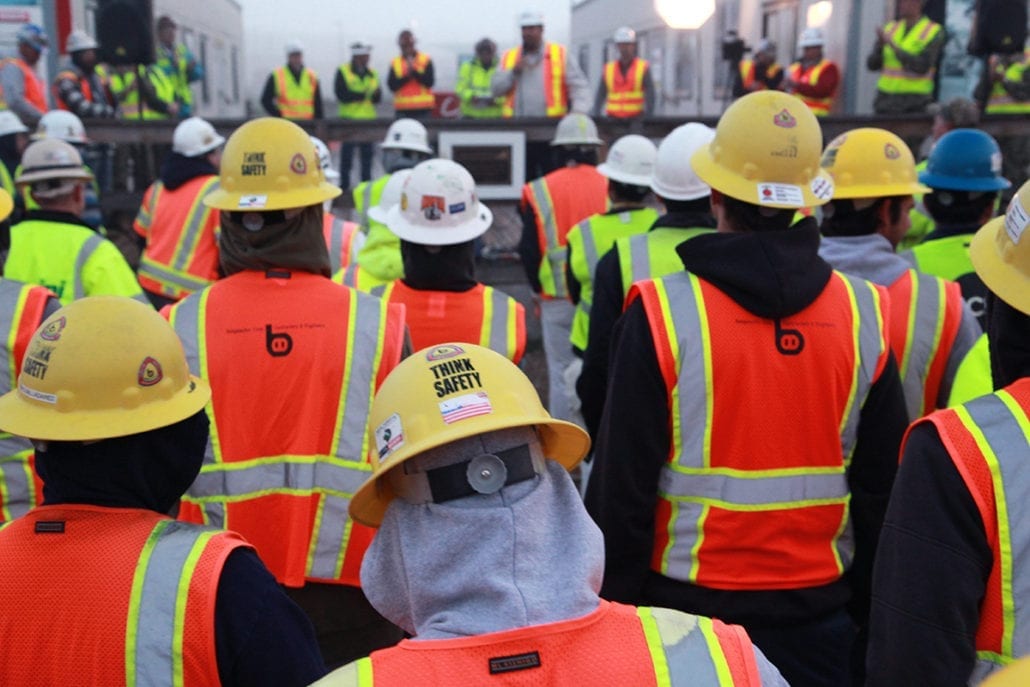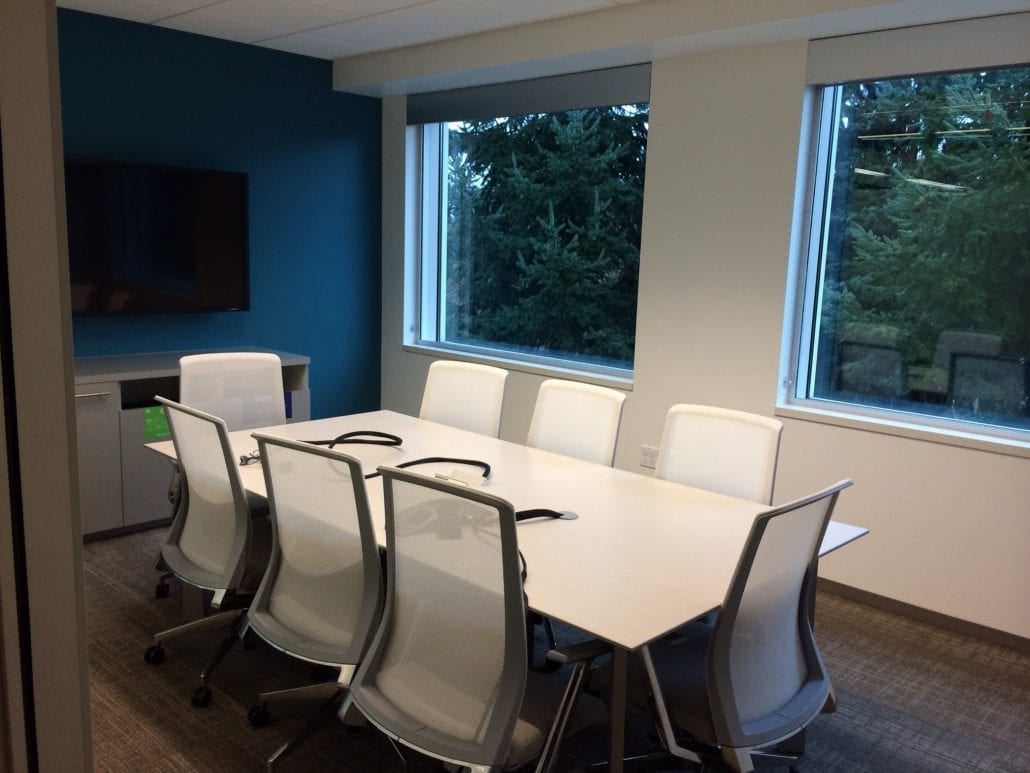The Invisible Human Errors That Nobody Notices
Human error is everywhere and often difficult to avoid without implementing the proper tools. More often than not, human error is the reason number One for the purchase of high-quality tech software solutions, so that a variety of business processes can be automated for best quality. Other entrepreneurs suggest deploying careful recruiting methods to ensure that you get only highly qualified professionals to work with you. However, while it seems that human error is another work for lack of skills and attention, it would be incorrect to assume that there is no other kind of human error. In fact, the workplace is full of invisible mistakes and behaviors that are perpetuated under your very eyes but that you don’t see. They can be damaging to your team, your production and your overall business. It’s time to start the hunt for the invisible human errors that eat away your employees’ health and sanity, day after day.
Do you know what’s going on in your office?
Unhealthy stress management
We get it: Every workplace is a stressful environment, from the impossibly short deadlines to the difficult client. The workload piles up, your staff stays longer hours, and somehow the stressful situation seems to normalize any unhealthy stress management behavior, from heavy drinking to the abuse of hard substances. It may be invisible to the naked eye, but you should pay close attention to people’s habits and natural warmth to detect the early signs of an addictive behavior. More often than not, a drug test can confirm your suspicion. That’s why it’s essential as a manager to monitor workloads and offer stress management classes before it’s too late.
Emotional abuse
Millions of employees of all ages, ethnic and racial backgrounds hate going to work. Why should they like it, when staying at home all day might sound a lot more appealing, you ask. These employees hate the workplace because they’ve fallen victim of emotional bullying, from colleagues, managers or subordinates. The problem with this form of emotional abuse is that it directly attacks a person’s competence, integrity and dignity over an extensive period of time in such a way that it can go unnoticed. The victims live in a state of psychological terror, which can be aggravated by bad-mouthing, isolation, criticism, etc. This destructive attack can lead to depression, anxiety disorder and extended sick leaves. It’s your responsibility to keep your eyes open for any peculiar behavior so that you can offer support to those who need it and help them to stop the abuse.
Air pollution inside the office
So you’ve got a trendy office in town with an air con and a fantastic view of the city? That’s great but how pure and fresh is your air? Fungal spores, chemicals and smoke can be harmful to human health as they create what is called indoor air pollution. If your office has not implemented any air purification solution — from using specialist plants to sophisticated ventilation systems — it’s likely that your team might be suffering from the sick-building syndrome.
In conclusion, it’s vital that companies rethink their health and safety protocols to offer sufficient coverage for several invisible human errors that impact both business growth and personal wellness.





 Recent industrial accidents remind us of the critical importance of proper equipment operation. While some operational errors result in immediate negative impacts, the consequence of other errors may be delayed for a time.
Recent industrial accidents remind us of the critical importance of proper equipment operation. While some operational errors result in immediate negative impacts, the consequence of other errors may be delayed for a time.
 Not all decisions are made in the boardroom. Employees make decisions that affect the organization, its reputation, and financial well-being every day. It is important that these decisions be well aligned with the organization’s values and mission goals. Thus, employees should embody a conservative decision-making approach; being adverse to incurring risks that would make their actions unaligned with the organization’s direction.
Not all decisions are made in the boardroom. Employees make decisions that affect the organization, its reputation, and financial well-being every day. It is important that these decisions be well aligned with the organization’s values and mission goals. Thus, employees should embody a conservative decision-making approach; being adverse to incurring risks that would make their actions unaligned with the organization’s direction.